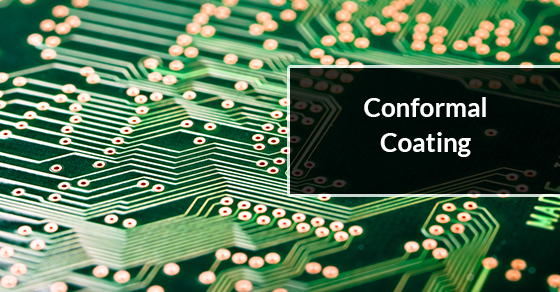What Is Conformal Coating?
Printed circuit board (PCB) manufacturers need to protect their product. In order to do so, they use a process called conformal coating. Conformal coating is a thin polymeric film that printed circuit board manufacturers apply to their PCBs to give them a protective edge against corrosion and the environment. This coating keeps the board’s components from accruing damage because it conforms (hence the name) to the shape of the entire PCB.
Why is conformal coating necessary?
Conformal coating creates a protective barrier for shielding the electronic parts of the PCB from environmental contaminants such as chemicals, debris, and moisture. If no coating is applied, any of the aforementioned environmental factors can warp the board, rendering it unusable. Conformal coating is breathable, and it does not interfere with how the PCB functions. Plus, the coating allows any moisture that should find itself trapped inside the board to escape.
Besides creating a barrier, conformal coating has insulating properties, eliminates the need for sophisticated PCB enclosures, and protects against mechanical and thermal shock. Moreover, printed circuit board manufacturers love conformal coating because it is lightweight and it minimizes the environmental stress on the overall assembly of the PCB.
How do printed circuit board manufacturers apply the coating?
In order for the coating to work, it needs to cover the assembly points, the sharp edges of the components and component leads, and the contours of the solder joints. The application of conformal coating is a sophisticated process that is done using one of four methods.
- Dipping the PCB in the coating.
- Selective robotic coating using Asymtek, PVA or DIMA.
- Spraying the coating on using a handheld spray or spray booth.
- Brushing the coating on.
No matter which method the PCB manufacturer uses to apply the coating, it’s imperative that all surface areas of the board and its components are covered.
Once a printed circuit board manufacturer applies the coating, the coating needs to be cured. This can be done using an oven or a UV light, or by air drying. Plasticisers and other solvents may have been added to the coating formula to improve adhesion, and the manufacturer will take that into consideration when choosing the curing method.
Unless you are a printed circuit board manufacturer, you should let a professional apply conformal coating to your PCB. Contact us for more information.

